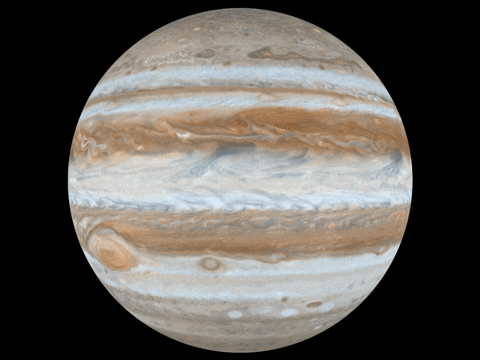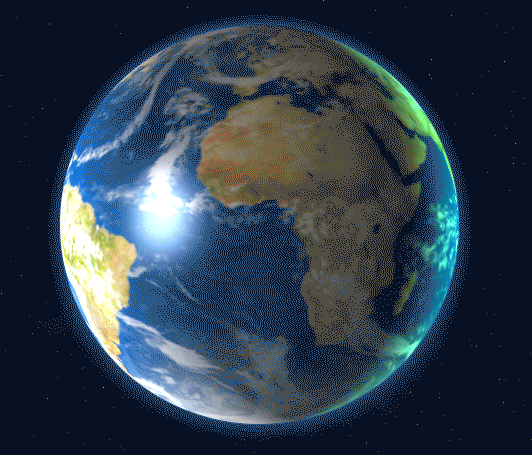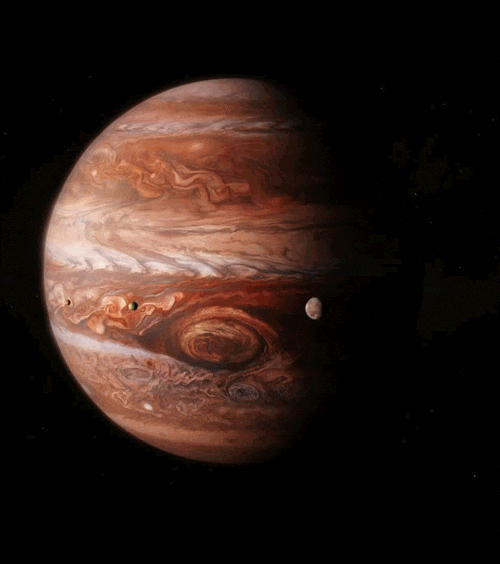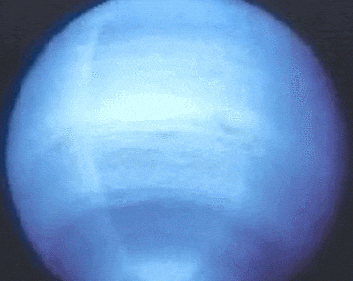

Planets are massive, naturally occurring celestial bodies defined by their orbit around a star – in our solar system, that's the Sun. They are thought to form from vast clouds of gas and dust, known as nebulae, which collapse under gravity. As this material coalesces, planets gradually grow through a process called accretion. Our solar system features eight such worlds, broadly divided into two groups: the inner, rocky terrestrial planets (Mercury, Venus, Earth, and Mars) and the outer gas and ice giants (Jupiter, Saturn, Uranus, and Neptune).
Each planet in our solar system is unique, shaped by its distance from the Sun and its formation history. They differ significantly in size, from the small, dense Mercury to the colossal Jupiter, which alone contains more mass than all other planets combined. Their orbits vary in length and shape, temperatures range from scorching hot on Venus to freezing cold on distant Neptune, and rotation speeds dictate the length of their days. Composition also varies dramatically; the inner planets boast solid, rocky surfaces, while the outer giants are primarily swirling collections of gases like hydrogen and helium or icy compounds of water, ammonia, and methane.
Scientists and astronomers study planets with intense curiosity, seeking answers to fundamental questions about our cosmic origins and place in the universe. Studying other planets helps us understand how our own solar system formed and evolved over billions of years. By comparing planetary characteristics, atmospheres, and geology, we gain crucial insights into the conditions necessary for life and how our own planet, Earth, became habitable. This research extends beyond our solar system, driving the search for exoplanets orbiting distant stars and fueling the quest to determine if we are alone in the vast expanse of the cosmos.

